You have no items in your cart. Want to get some nice things?
Go shopping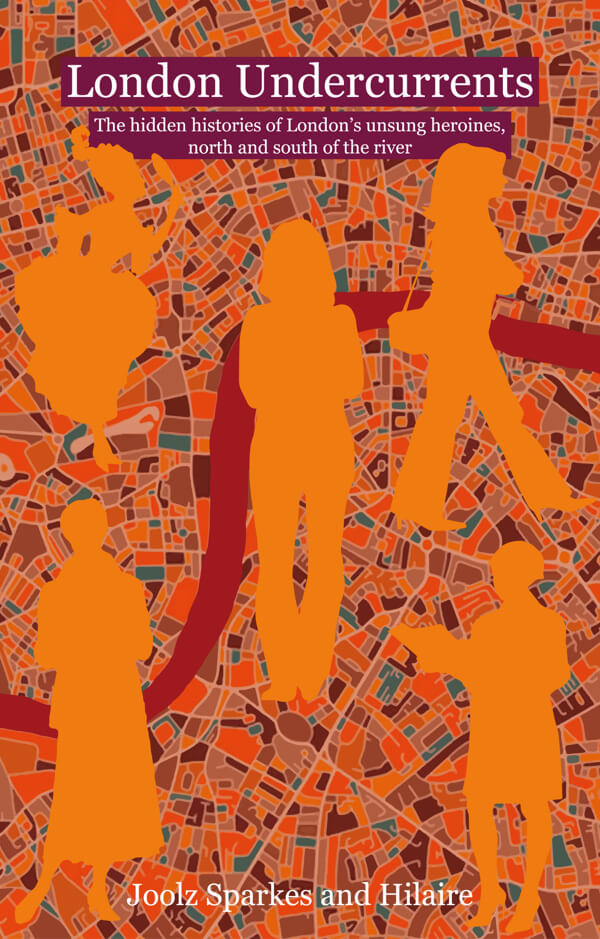
To give London Undercurrents its full title is to understand both the process and the product of Joolz Sparkes and Hilaire’s collaboration: The hidden histories of London’s unsung heroines north and south of the river. Sparkes and Hilaire have divided in two the work of unearthing and voicing by location, with Sparkes taking North and Hilaire the South of London, demarcated by the river that bisects the city. The Thames itself provides a thread which weaves this collection together, its shape bobbing across the page of each new section, with words from Sparkes hovering in the North-East of Islington, Hilaire’s in the South-West of Battersea, each their respective homes and the place from which they reflect on their own feel of London. Within each section, themes such as work, family, protest and war, through every age of London, are explored from either side of the river, with an (N) or (S) in the top right-hand corner of each page denoting both the location and author of each poem.
The collection begins with the theme of the characteristic pull of London for outsiders: “Paved with Gold”. Opportunity and the struggle that precedes success is experienced and explored in “First Crop” by a Huguenot asparagus farmer tending to the soil and the spears “as rude / and round / and succulent / as fantasy allows”. A quick flick to the Background Notes section of the South poems reveals that an investigation into the unusual name of the poet’s local pub (The Asparagus) lead to the discovery that Battersea is thought to be the first place in Britain where asparagus was grown, the poem’s subtitle offering the date 1685. In “Livestock” three experiences of the dairy business are brought together in a three-part poem. The cry of an Islington cheese and cream street seller from 1575 combines with Mrs Nicholls’ aching despair at the slaughter of her cattle to prevent the further spread of plague: “Each bolt to the head / shatters our bones. / City air thickens / deep with lowing, / as London turns Heifer, / mourns her lost calves” (again the North Notes section clarifies the scale of an 1895 outbreak which decimated most of London’s cows); and a Cardiff cattle herder’s wife coming to Holloway in 1811 remarking “Such a sight – great grey teats full of gold coin / aching to spill on the floor. Quick! Get our pails / underneath and open our mouths.”
Gathering and grouping the poetic products of Sparkes and Hilaire’s combined research in this way, that is to say thematically as opposed to chronologically or separated into two authored halves of the North and South of the city, allows each piece and each voice to converse in a way that builds connections; by-lines that travel between the experiences of women through the landscape of the city and into the past. In this way London becomes an industrial place populated by industrious and tenacious people, such as a thirteen-year-old coin forger detailing her and her family’s endeavours in a thirteen-point to-do list. Or an 1892 White Lead Works factory worker “Dodging the Doctor” in order to avoid a diagnosis that would prevent her from making wages by clambering “barefoot / up the drying scaffold, / hide at the top on rough planks. / Hup I go.” “Hup” really sings as an example of the ways the voices of these women are written: carefully, thoughtfully and often playfully. “Thames Crossing, Second Attempt: 19th August 1861” illustrates Selina Young’s successful tightrope walk from Battersea to Cremorne Gardens as if viewed from above. Her rope becomes a taut line across two pages, her balance pole perpendicular to this, cries from the crowd populate two stanza banks (“look at her go! man alive – / those skirts must weigh / a tonne!”), and the boats on the river lurk between. As expected from a collection that brings together such a variety of voices, the challenges encountered by women range from feats of physical endurance to acts of acknowledgement as in “Dido Belle Sits For Her Portrait” where Belle, a woman born into slavery then brought by her grandfather 1st Earl of Mansfield to Hampstead, is given the complexity she deserves and not afforded when the portrait, up until the 1990s, was simply known as The Lady Elizabeth Murray: “No corn-fed, / cotton-raised statue am I / nor decoration / picked for porcelain shine… I am a gift”. It is in this way that voices are given a chance to respond, making these poems feel full of possibility even in desperate situations, and in other moments, gleeful and utterly joyous. In “Battersea Women’s Pub Outing” a June 1947 daytrip has the women of the Mason’s Arms “let loose in Margate” with “voices in rollicking singalong / kicking our legs high” in such infectious humour it seems possible to feel as if we might have been there ourselves when on “every ride / Little Lottie roars so much / she heaves her dinner up / soon as she’s off the Big Dipper”.
At the end of Joolz Sparkes and Hilaire’s collection both poets take a moment in their respective biographies to reflect on the experience of unearthing the stories and voices of the women that combine to create London Undercurrents. “It should not be so hard to find them”, remarks Sparkes; Hilaire writes that “I’ll keep on digging,” suggesting there is much work still to be done. And that’s possibly what’s so remarkable about this collection: the appetite it engenders for more. I can imagine the voices of yet unheard women in every village, town and city of the UK emerging to create sequels and chapters of the Undercurrents project. It’s disheartening to realise what an endeavour this might be, to seek and find the histories of women, but the rewards that occur through this work are so striking. The richness and variety, intrigue and emotion, together provides an illustration of London as a tumultuous and exhilarating place, occupied by women throughout its history who have built and shaped its terrain from the bottom up and from the top down.
London Undercurrents is out now from Holland Park Press.

About Laura Tansley
Laura Tansley's writing has appeared in Butcher's Dog, Cosmonaut's Avenue, Lighthouse, New Writing Scotland, PANK, The Rialto and is forthcoming in Stand, Tears in the Fence and Southword. She is also co-editor of the collection 'Writing Creative Non-Fiction: Determining the Form'. She lives and works in Glasgow.

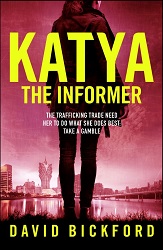
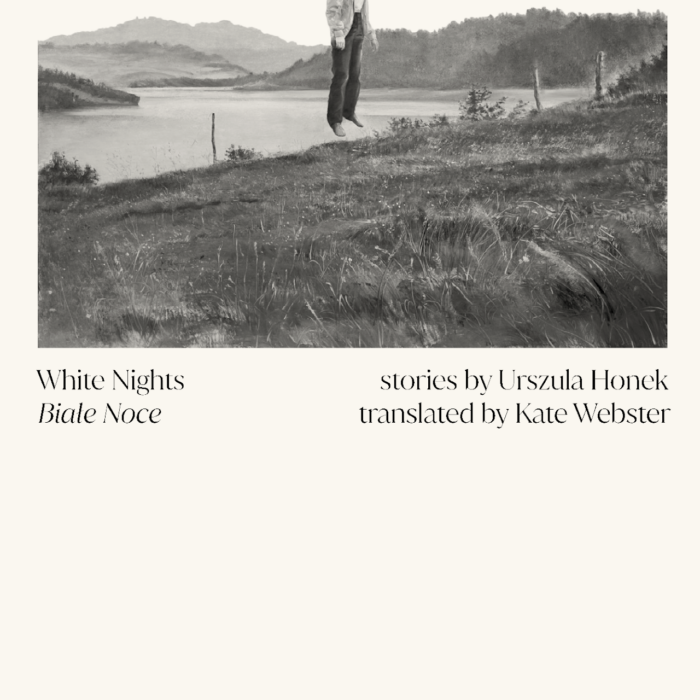
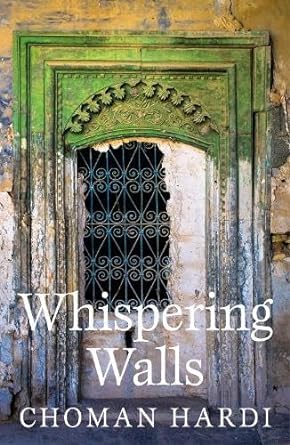
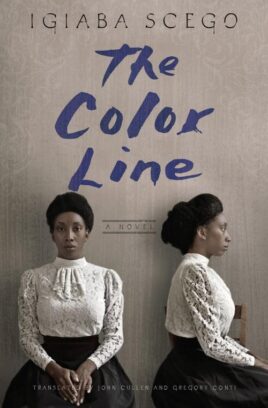
2 comments